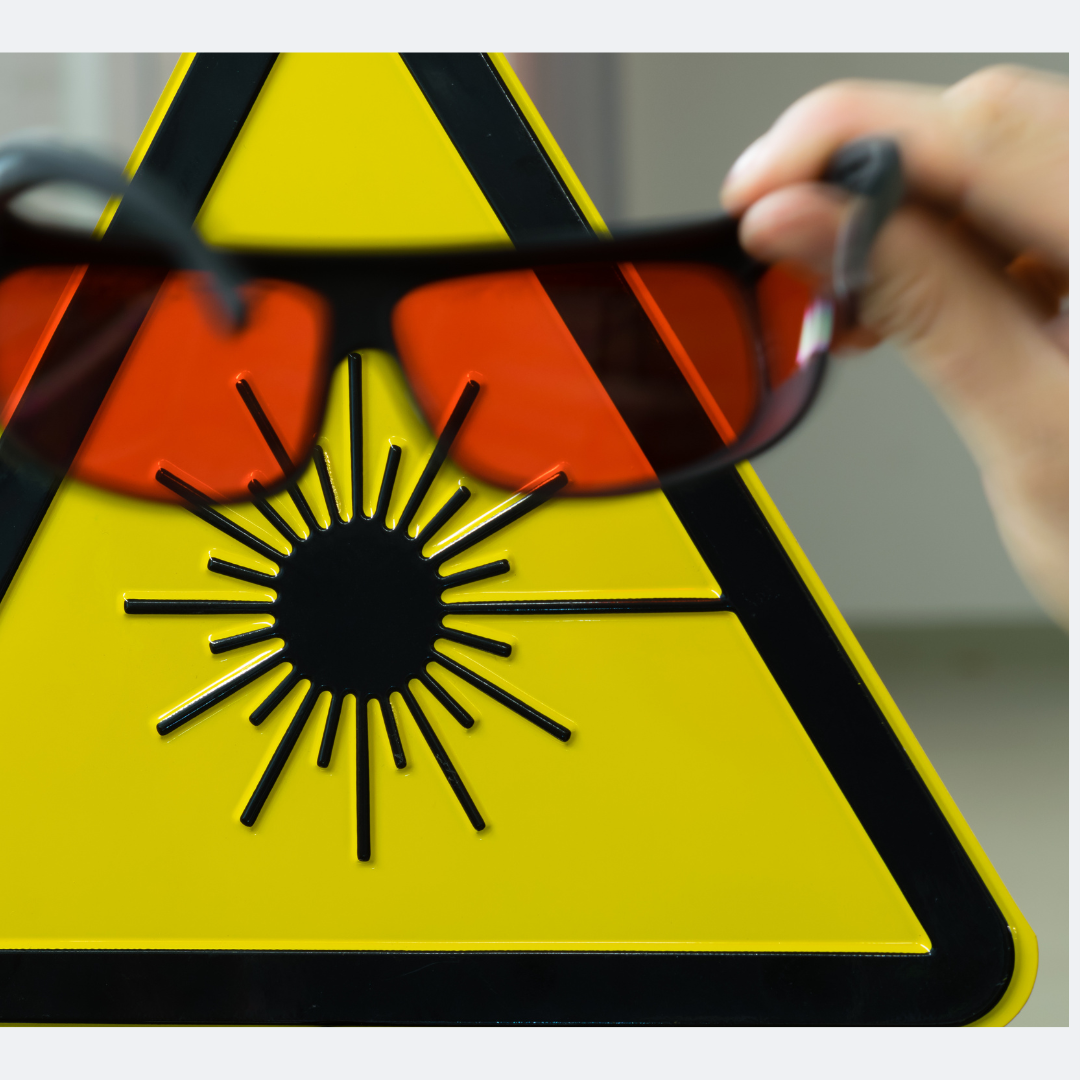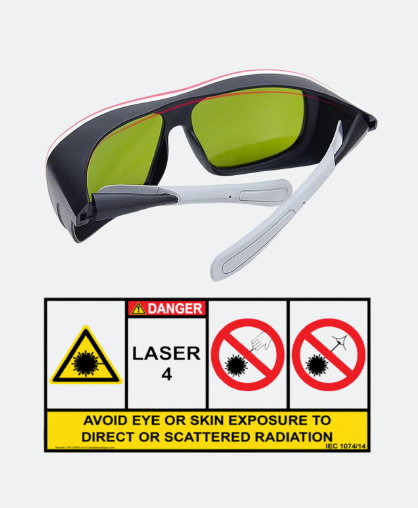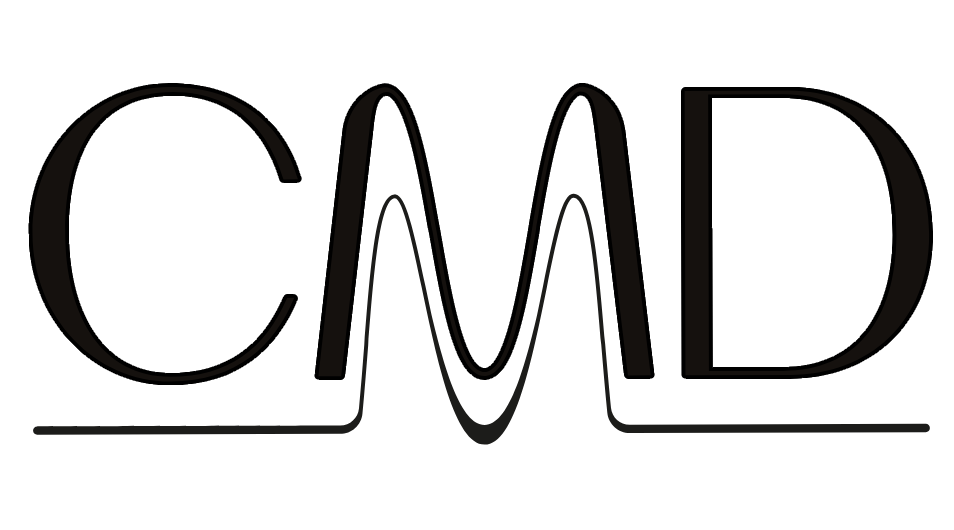Interested in advanced aesthetic technology?
AT CMD, WE UNDERSTAND THE IMPORTANCE OF RELIABILITY AND OFFER A CURATED SELECTION OF NON-SURGICAL AESTHETIC DEVICES.
OUR GOAL IS TO EMPOWER YOU TO MAKE PROFITABLE CHOICES FOR YOUR BUSINESS, ENSURING YOU STAY AHEAD IN THE DYNAMIC FIELD OF AESTHETIC TREATMENTS.
CMD AESTHETIC SOLUTIONS D.O.O.
Kidričeva ulica 24, Celje, 3000
Safety Precautions When Working With Lasers
Date
Category
CMD
Working with lasers requires utmost caution and adherence to safety measures to mitigate potential risks. In this blog, we will explore common mistakes associated with laser use and essential precautions to ensure the safety of both technicians and patients.
LET’S EXPLORE THE MOST COMMON MISTAKES ASSOCIATED WITH WORKING WITH LASERS:
► 1. Eye Hazard: Laser radiation poses a significant risk to the eyes, depending on factors such as wavelength, beam size, and pulse duration. The damage can occur due to thermal effects, thermo-acoustic effects, and photochemical effects. Wavelengths in the range of 400 nm to 1400 nm are particularly hazardous to the eyes because they can be focused onto the retina, leading to permanent vision loss at the point of contact.
While wavelengths outside this range can also damage the retina, the cornea, aqueous humor, lens, and vitreous humor provide some level of protection by absorbing some of the beam. However, it’s important to note that even laser and IPL radiation that is not powerful enough to cause permanent eye damage can still be hazardous, causing after-images, flashes, and dazzle effects.
► 2. Skin Hazard: Laser and IPL radiation also pose a significant risk to the skin. The extent of the damage depends on factors such as wavelength, pulse or emission duration, and irradiance. Thermal effects, thermo-acoustic effects, and photochemical effects can occur in the wavelength range of 180 nm to 780 nm. Laser radiation above 780 nm can induce damage primarily through thermal and thermo-acoustic effects. Similar to the risks to the eyes, even laser and IPL radiation that may not cause permanent skin damage can still be hazardous. The laser beam can locally heat the skin, triggering a reflex response to quickly pull away from the source.
It’s crucial to follow appropriate safety protocols and use adequate protective measures when working with lasers and IPLs to mitigate these risks. Protective eyewear that filters out the specific wavelengths being used should be worn to safeguard the eyes. Similarly, protective measures such as wearing appropriate clothing. Understanding and addressing these risks is essential to ensure the safety of both practitioners and clients during laser and IPL treatments.
ESSENTIAL PRECAUTIONS WHEN WORKING WITH LASERS AND IPLS
When working with lasers and IPLs, it is crucial to follow essential precautions to ensure the safety of both the technician and the patients. Here are some important precautions to consider:
► 1. Laser Protective Eyewear: Laser protective eyewear is the most critical piece of equipment for protecting the eyes from laser radiation. It is essential to ensure that all individuals present in the laser room, including the technician, patient, and any other person, wear appropriate laser safety eyewear at all times.
► 2. Warning Signs: Clearly post warning signs in the vicinity of the laser-controlled area to alert people to the potential hazards. Ensure that the room is well-marked and restrict access to unauthorized individuals during treatments.
► 3. Minimize Reflective/Shiny Objects: Keep reflective and shiny objects to a minimum in the treatment room to prevent unintended reflection and scattering of laser beams, which could pose a risk to both the technician and the patient.
► 4. Minimize Flammable Objects: Reduce the presence of flammable objects in the treatment room to minimize the risk of fire or explosions. Maintain a safe environment by ensuring proper storage and handling of flammable materials.
► 5. Adequate Ventilation: Ensure that the treatment room is well-ventilated to dissipate any odors, smoke, or airborne contaminants that may be generated during laser procedures.
► 6. Medication History: Prior to treatment, gather detailed information about the patient’s medication history to identify any medications that may increase the risk of adverse reactions to laser or IPL therapy. This will help in determining appropriate treatment parameters and ensuring patient safety.
► 7. Hair Removal: In hair removal treatments, shave the hair as closely as possible to the skin surface. This helps prevent the hair from burning the skin when the laser or IPL handpiece is pressed upon it, reducing the risk of thermal injury.
► 8. Proper Training: Ensure that the laser therapist or technician operating the equipment is adequately trained in laser safety and the specific procedures being performed. Proper training is essential to understand the equipment, treatment protocols, and potential risks involved.


CHOOSING THE RIGHT SAFETY GLASSES
You should not take a guess when it comes to laser safety. You should know for certain that you are wearing the right laser safety glasses that will provide full protection from your laser. When you are not sure about what type of laser safety glasses are appropriate, there are various things you can do, including the following:
► If the laser you are using came with laser safety glasses, you should be able to see the wavelength and optical ratings on the lens of the glasses or the frame of the glasses. If this is the situation you are in, you should feel confident in purchasing additional laser
safety glasses that have the same wavelength and ratings.
► If your workplace has a department that is dedicated to laser safety, you should feel confident that members of the department will carefully determine the right type of laser safety glasses. If there is no LSO, you can refer to the guidelines and instructions on your laser to find out what the wavelength is.
► If you are having trouble determining the right type of laser safety glasses, you can always reach out to a laser safety glasses provider. A laser safety glasses provider will have the skills and experience that are needed to recommend laser safety glasses.
For more information on laser safety glasses, please do not hesitate to contact us today. Our Laser Safety Glasses undergo rigorous manufacturing processes to ensure optimal protection for your eyes across every wavelength. Each pair is thoroughly tested multiple times before being made available to customers.
